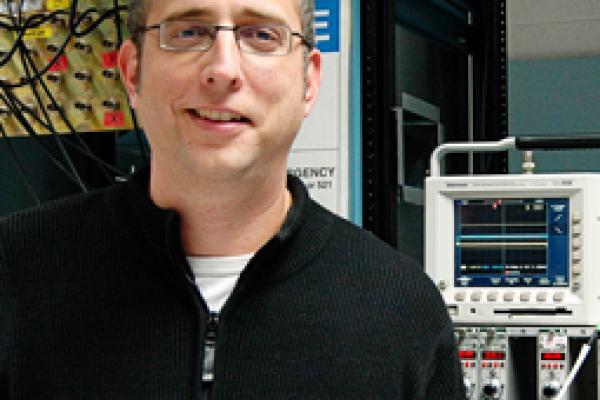
Stellar explosions and colliding neutron stars are important sources of the chemical elements in nature. The properties of very unstable isotopes that are created for fleeting moments in these extreme astrophysical sites, imprint themselves onto the nature of the explosion and the characteristic element patterns that are created and ultimately shape the composition of the visible universe. Accelerator facilities that produce beams of these short lived radioactive isotopes can now be used to study the relevant nuclear reaction rates and nuclear properties so one can understand in the laboratory how stars create elements. This also opens the door to using astronomical observations as a diagnostic tool to peek into the deep interiors of some of the most extreme environments in the cosmos. I will review some of the current open questions related to astrophysical processes with unstable nuclei, and how experiments at current and planned rare isotope facilities in the US, and around the world, in concert with observations and astrophysical models, are addressing these questions.
